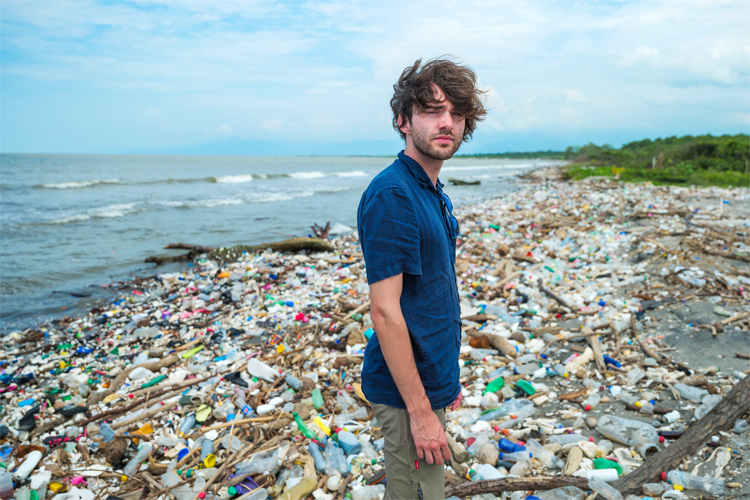Boyan Slat is cleaning up the world's oceans one river at a time. Meet the man who dared to dream of solving the plastic pollution emergency.
He is a Dutch inventor, entrepreneur, and environmental activist, best known for founding The Ocean Cleanup, an organization dedicated to removing plastic pollution from the world's oceans.
Believe it or not, his long-term mission is going according to plan.
But how did a young 16-year-old scuba diver come up with the idea of removing 90 percent of plastic trash from the sea?
How do you transform a vision of planet Earth into reality?
Boyan Slat was born on July 27, 1994, in Delft, South Holland, Netherlands, to a Dutch-British relocation consultant mother and a Croatian artist father.
During his early teenage years, he attempted to extract moisture from ammonium nitrate by utilizing the family stove. This resulted in an explosion and the release of a corrosive mist.
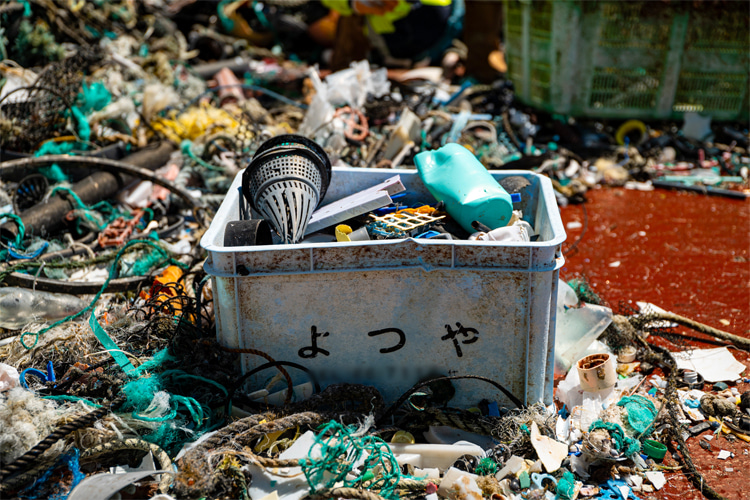
The Eureka Moment
At 16, he became fascinated with the problem of plastic pollution while on a diving trip in Lesbos, Greece.
Consequently, he started The Ocean Cleanup as a high school science project in 2011.
One year later, he decided to defer his studies in aerospace engineering at the Delft University of Technology to focus on his mega proposal.
To get the media's attention, Slat delivered a TEDx talk in 2012 titled "How the Oceans Can Clean Themselves," which went viral, raising awareness and support for his project.
To ride the swell of popularity, in 2013, he founded the non-profit organization The Ocean Cleanup, aiming to develop advanced technologies to remove plastic waste from the oceans.
The environmental program raised over $2 million in a crowdfunding campaign in 2014 to fund initial research and development for The Ocean Cleanup technology.
In 2015, Boyan Slat became the youngest-ever recipient of the United Nation's (UN) highest environmental accolade, the Champions of the Earth Award.
Simultaneously, he was named one of the 20 Most Promising Young Entrepreneurs Worldwide (Intel EYE50) in 2015.
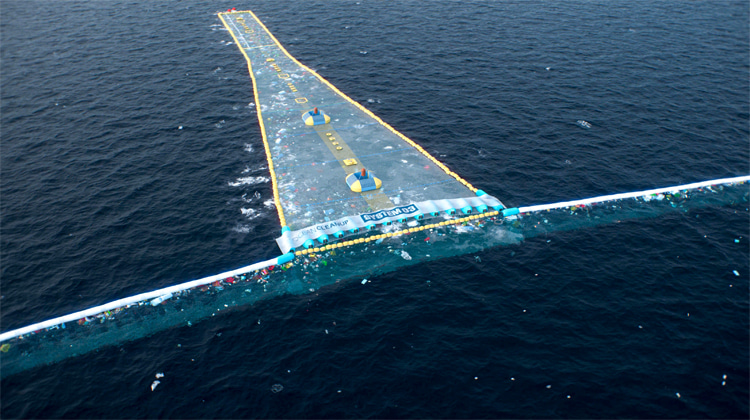
From Dream to Reality: The Ocean Cleanup
By 2017, The Ocean Cleanup was already successfully launching its first prototype - System 001 - which was designed to passively collect plastic debris using ocean currents.
In 2018, System 001 was deployed in the Great Pacific Garbage Patch, a massive area of plastic pollution accumulation between Hawaii and California.
After facing some initial setbacks, The Ocean Cleanup redesigned its technology, resulting in System 001/B, which demonstrated successful plastic capture in 2019.
In 2020, Slat and his team launched their Interceptor project, a solar-powered, autonomous system designed to capture plastic waste in rivers before it reaches the ocean.
By 2021, The Ocean Cleanup had deployed Interceptors in several rivers worldwide, including the Cengkareng Drain in Jakarta, Indonesia, and the Klang River in Malaysia.
Boyan Slat envisions a plastic-free ocean by 2050 and plans to scale up The Ocean Cleanup's technology to achieve this goal.
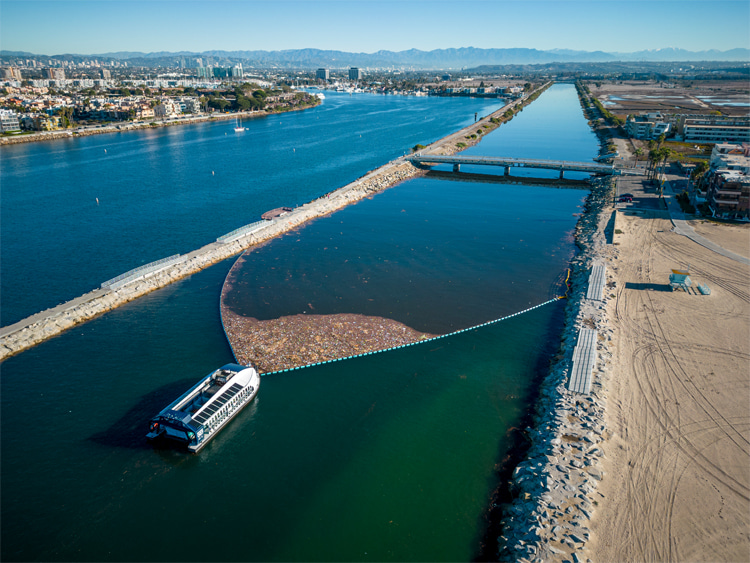
Boyan Slat: Turning the Tide on Plastic Pollution
The Dutch eco-entrepreneur has been featured in various mainstream media outlets, including Forbes, CNN, BBC, and TIME, for his innovative approach to tackling plastic pollution.
His work for sustainable innovation and Nature-driven stewardship has made him an influential figure in the environmental movement, inspiring many to join the effort toward a cleaner and healthier planet.
Slat's open and public dedication and achievements in combatting plastic pollution contrast with his personal life, which he keeps relatively private.
Nikola Tesla is Boyan Slat's idol. Despite not having much free time, he likes to listen to his favorite rock music bands and bike around.
The Dutch, who gets seasick quite badly, is obsessed with technology and wants to make the human race proud of itself.
Boyan Slat has delivered several speeches and presentations at conferences, universities, and events around the world, showcasing his passion for ocean conservation and sharing his vision for a plastic-free future.
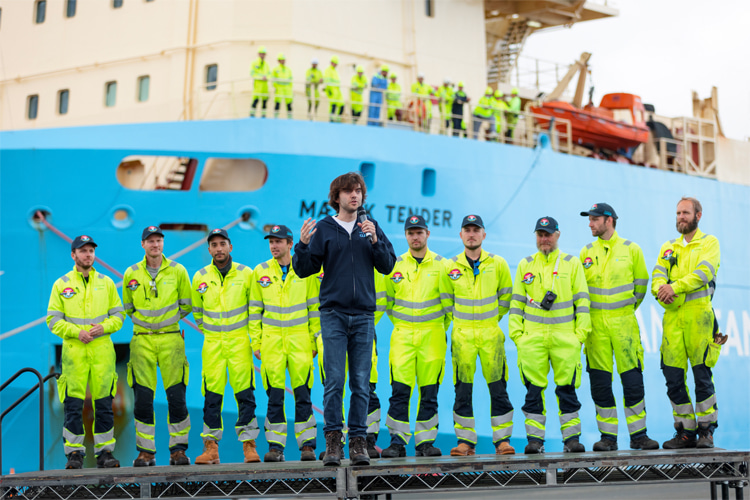
The Ocean Cleanup | Technology Deployed
At Sea
- System 03: Great Pacific Garbage Patch;
In Rivers
- Interceptor 001: Cengkareng Drain, Jakarta, Indonesia (Generation 1);
- Interceptor 002: Klang River, Klang, Malaysia (Generation 2);
- Interceptor 003: Can Tho River, Can Tho, Vietnam (Generation 2);
- Interceptor 004: Rio Ozama, Santo Domingo, Dominican Republic (Generation 2);
- Interceptor 005: Klang River, Klang, Malaysia (Generation 3);
- Interceptor 007: Ballona Creek, Los Angeles, USA (Generation 3);
- Interceptor 008, 009, 010, 011, 012, 013, 014: Kingston Harbour, Kingston, Jamaica (Interceptor Barriers and Interceptor Tender);
